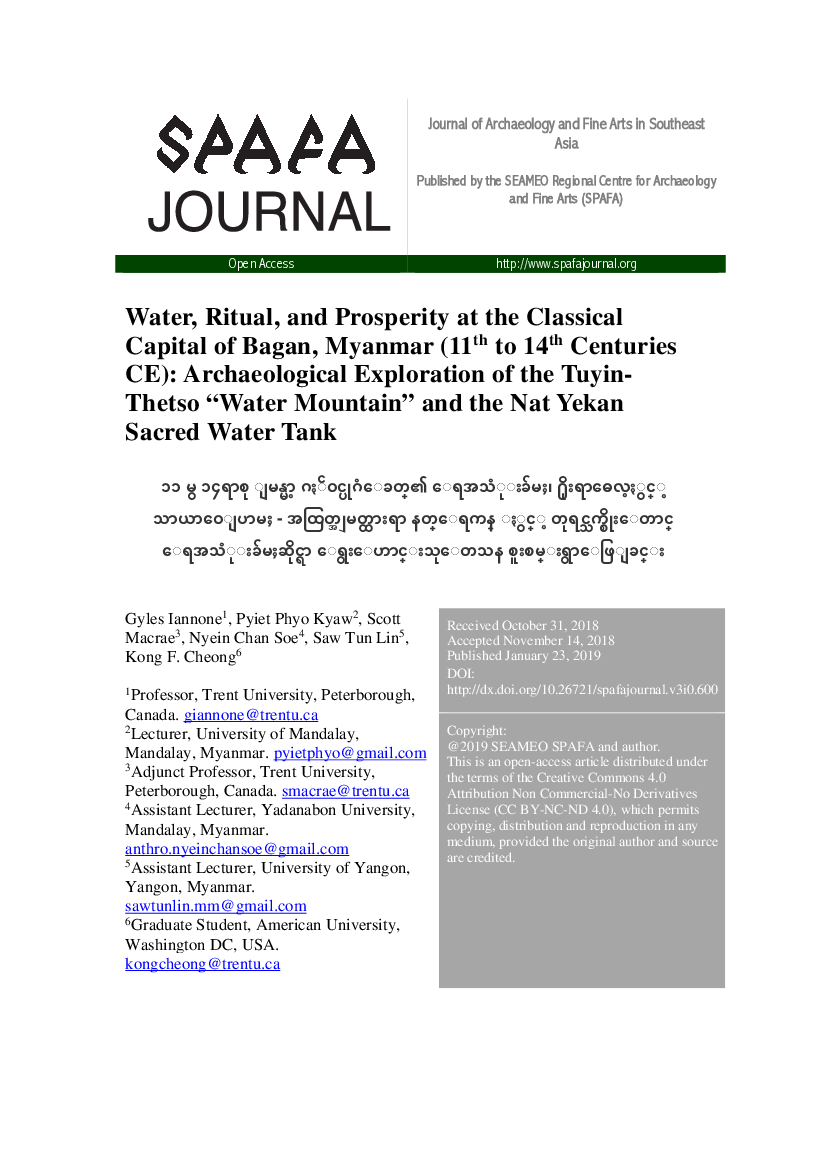Carnatic, Karnataka
sk तैलङ्ग Tailaṅga "the Tailanga country" | sk तैलङ्गः tailaṅgaḥ "inhabitants of Tailanga" | persian سلطنت كرناتک saltanat-i-kratanak "the Sultanate of Karnatak' | tml ஆற்காடு நவாப் āṟkāḍu navāp "the Nawab of Arkot"
- Name of a geographical area, the modern Telangana or Karnatak. The part of the Indian peninsula south of Orissa (Odisha) to Madras (Chennai), between the Eastern Ghats and the Bay of Bengal, in the former Madras Presidency and in the modern Indian states of Karnataka, Kerala, Tamil Nadu and southern coastal Andhra Pradesh.
- The area where took place the Carnatic Wars between the Mughal Empire, Britain and France which ultimately led to British victory and the domination of the British Empire over India.
- Carnatic music (known as Karnāṭaka saṃgīta or Karnāṭaka saṅgītam in the Dravidian languages): the main style of classical music in southern India, as distinct from the Hindustani and Odissi musical genres of the north. Most Carnatic compositions are in Telugu and Sanskrit, derived from ancient Hindu texts and traditions, particularly the Samaveda, and written with an emphasis on gāyaki (singing) style. The Vijayanagara Empire (Karnataka) saw the golden age of Carnatic music in the 18th and 19th centuries, under the patronage of the kings and queens of Mysore, Travancore, and the Maratha rulers of Tanjore. Along with famous royal court musicians Veene Sheshanna (1852–1926) and Veene Subbanna (1861–1939), composers Tyagaraja (1767– 1847), Muthuswami Dikshitar (1776–1835) and Syama Sastri (1762–1827) remain celebrated for the richness of their kritis (works).




